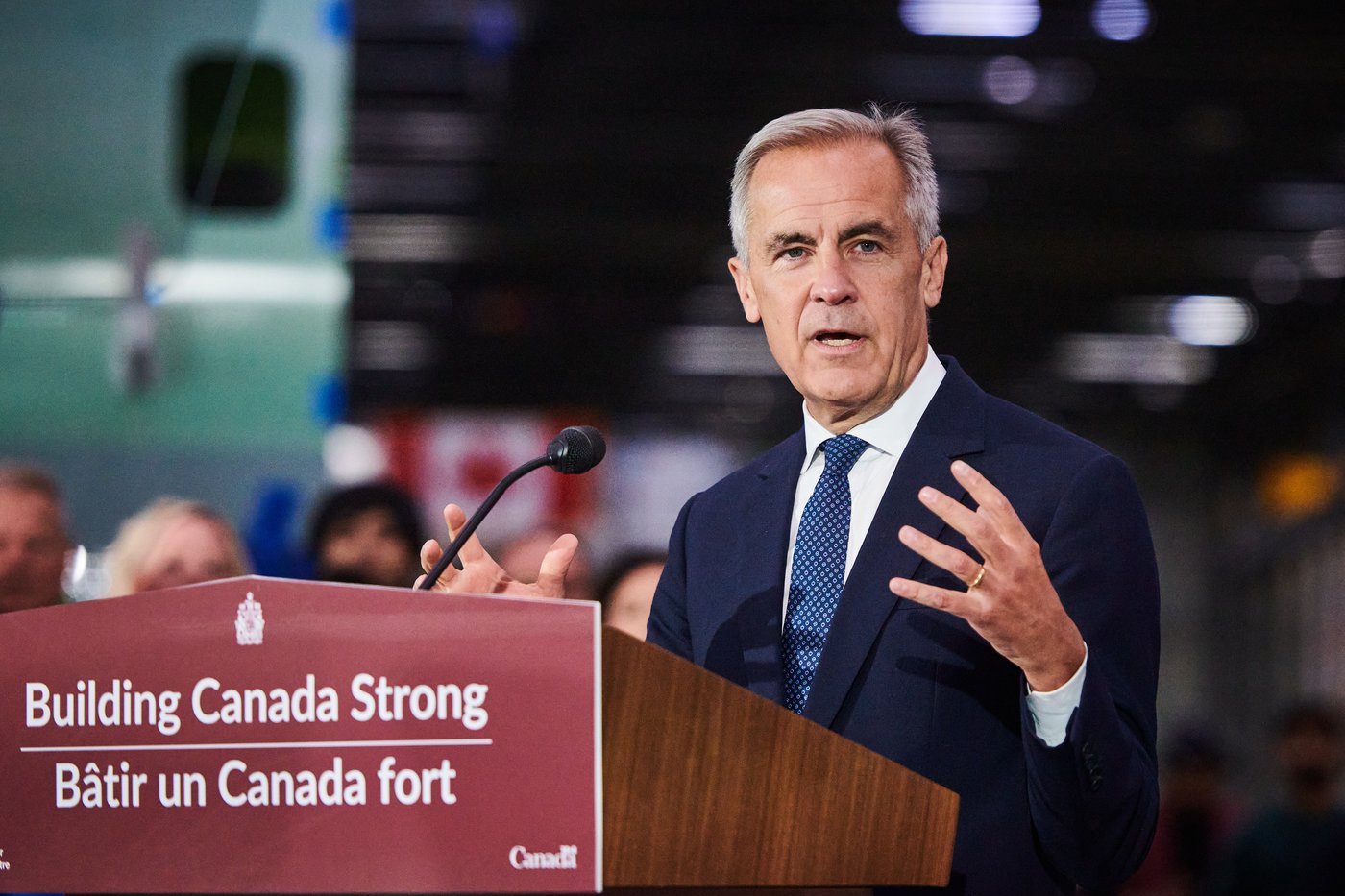Edmonton records rapid increase to working-age population

Edmonton’s working-age population grew faster than any other major city in Canada last year, setting the stage for discussions about how to handle the continuing surge of new residents.
Not only is Alberta’s capital outpacing Toronto, Vancouver, Montreal and Calgary for population growth among people 15 and older, but City of Edmonton chief corporate economist Felicia Mutheardy says the 2023 increase is second only to Belleville, Ont.
The numbers come from Statistics Canada’s labour force survey, which Mutheardy said helps estimate growth before the release of updated population numbers.
“With a growing population comes greater demand for infrastructure of all sorts, not just for housing,” Mutheardy told a crowd of commercial real-estate professionals on Wednesday.
Alberta has been rapidly adding new residents, with more than 17,000 people moving from other parts of Canada between July and September last year.
Mutheardy said the city’s economic forecast puts Edmonton’s net population growth in 2023 at 4.7 per cent, with projections for a 3.5 per cent increase in 2024.
The city’s housing prices, both for buying and renting, are one factor attracting people from other parts of Canada. But that growth is one of the factors squeezing housing, with Edmonton’s rental vacancy rates hitting a low that hasn’t been seen in almost 10 years.
‘We do have to manage this growth’
Dave White, managing director at commercial real estate firm CBRE Edmonton, said there’s a lot of work ahead to make sure the city can handle all the new arrivals.
“We do have to manage this growth, and I am a little concerned about the supply side on the residential piece,” he said.
Mutheardy said the current financial strain from high inflation and interest rates is a challenge for businesses and households. But it’s a big consideration for the construction and development sector trying to build more to meet rising demand.
“When it comes to population growth … when it’s sudden and it’s so strong, it definitely runs the risk of really pushing up the demand for goods and services,” she said.
Calgary has seen housing prices increase faster than Edmonton in recent years, with more people putting pressure on the market last year, and the purpose-built apartment vacancy rate falling to 1.4 per cent.
Qualico Properties senior vice-president Mike Saunders said Edmonton isn’t immune from the same impact.
“When you’re at a basically zero per cent vacancy on apartment housing [in Calgary] and you’re still seeing unprecedented supply levels in Calgary that have been built, it’s only a question of time … that we’re going to continue to see a large amount of people coming to Edmonton.”



